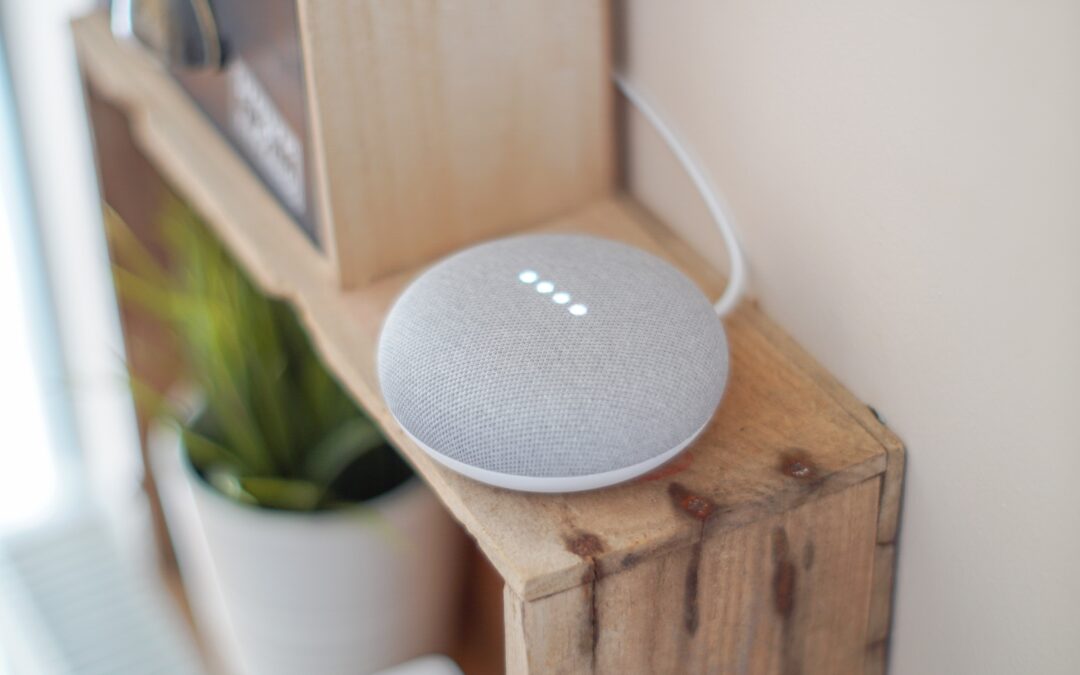Since these innovative solutions add considerable quality and value to the life of the modern consumer, it has become vital to understand the reason behind their popularity. On that note, let’s go through some factors that are driving the marketability and acceptance of smart home appliances.
Digital Assistants
Digital assistants have risen to attain serious adoration amongst tech geeks and general customers alike. Since such smart, AI-powered digital assistants are now being seamlessly integrated into a plethora of home devices, voice control, amongst other shiny features, is no longer restricted to just smart speaker systems.
Smart assistance by Google Assistant and Amazon’s Alexa have seen heightened consumer adoption and their usage ranges across devices like thermostats, smart locks, routers, personal computers, and so on.
The Surge in Internet Speeds
The race to increase the collective IQ of a smart home begins with high-speed connectivity. And with internet speeds increasing faster than they ever have in the past century, the goal of smooth IoT deployment in every household is right around the corner.
The rise of 5G and WiFi 6 have exhibited low latency and supersonic speed, needed for quick responsiveness of emerging smart home devices. In addition, WiFi 6 modules and chipsets are now being inherently integrated into a host of smart home devices to make them natively perceptive.
Increasing Earnings
As far removed as it might sound, the increased employment rate and rising income of the average citizen belonging to the middle-class is also something to be factored in. While technology advances at an astronomical pace, the costs to match up are also growing steadily. This noticeable rise in the disposable income of consumers has prominently driven this high-tech market.
This only means that the willing customer is experiencing increased affordability for spending on a smart home’s high-end equipment.
Leveraging Data & Insights
Machine Learning and Artificial Intelligence leverage data collected from the sensors, voice controls, internet routers, and locks to recalibrate themselves towards providing better future experiences to their users.
Insights squeezed from the collected data help automate routine processes like thermostat temperatures at different times during the day, internet usage limit, electricity savings, and much more. In addition, the self-corrective mechanism personalizes the aesthetic experience and does its best to alleviate human interference for mundane tasks.
Conclusion
Technology has always dictated the commoner’s quality of life and comfort. Falling in this very line is smart home automation, which is rapidly becoming a ubiquitous technology. Since AI and IoT are improving daily by leaps and bounds, appliances can mimic daily routines seamlessly, resulting in their widespread popularity.
For more information on smart security solutions, visit our webpage.

